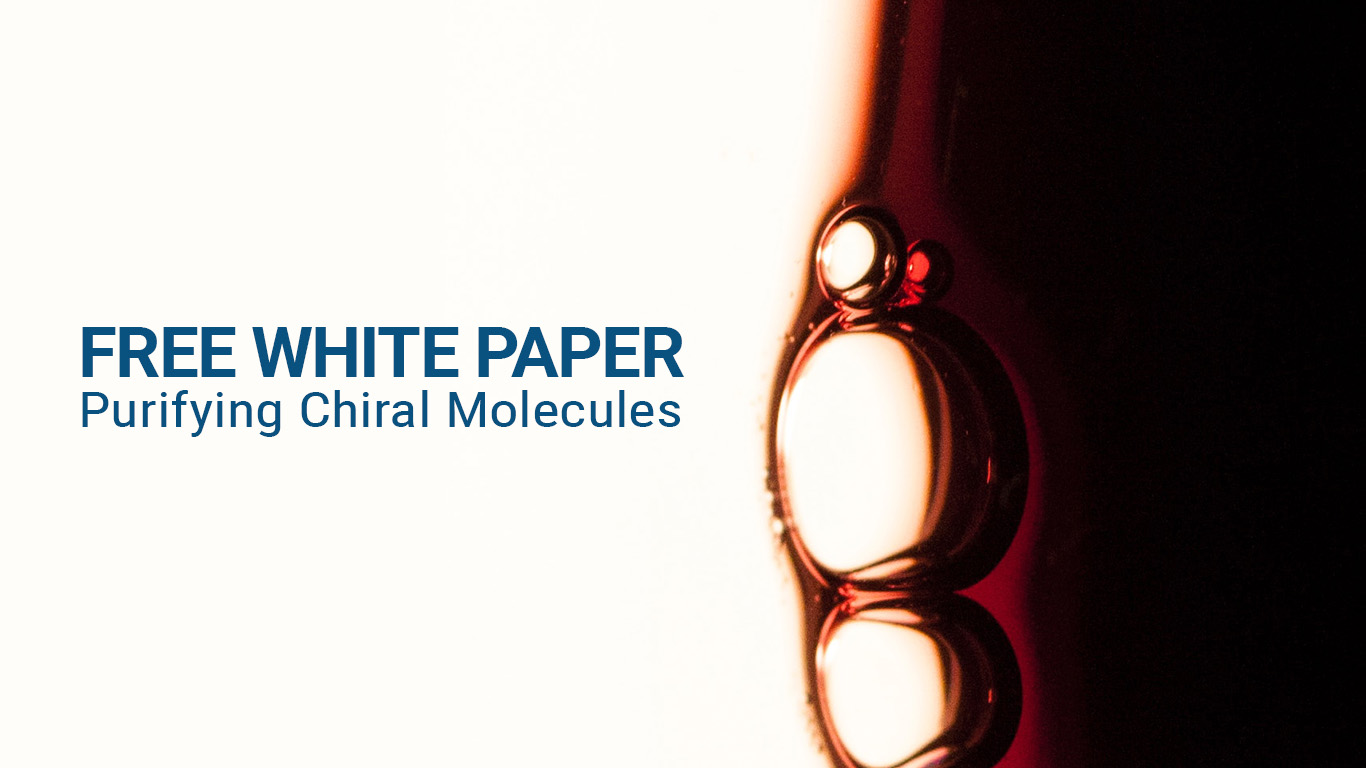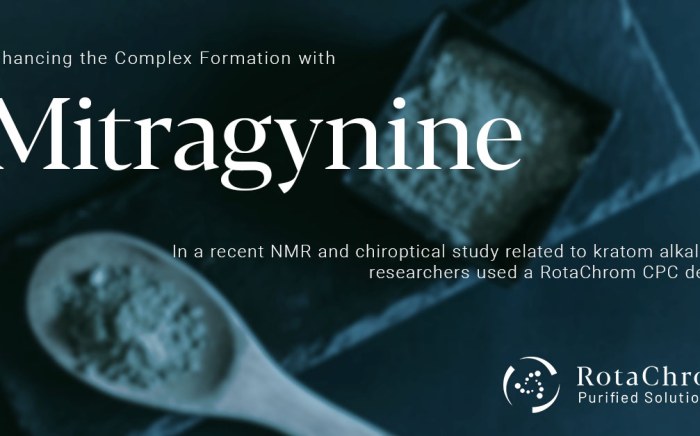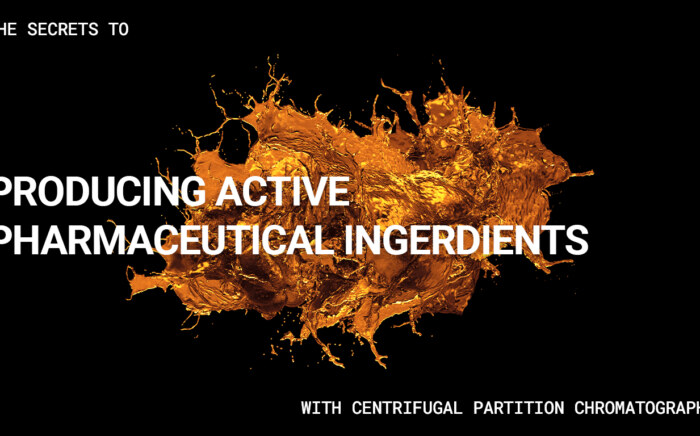Increasing separation efficiency by pH adjustment in Centrifugal Partition Chromatography
NewsIntroduction to Chiral Molecules
Chirality and chiral molecules hold immense significance across various domains of chemistry, notably in pharmaceuticals, fragrances, and food additives. They pervade nature and have gained substantial importance due to their exceptional attributes. Prominent instances of chiral molecules encompass the artificial sweetener aspartame and the widely used pain reliever ibuprofen.
A captivating aspect of chiral molecules is their inclination to manifest distinct physical and chemical traits based on their “handedness.” Enantiomers, which represent mirror image isomers of chiral molecules, frequently display differences in melting points, boiling points, solubility behaviors, and biological activities. Consequently, it becomes feasible to segregate these enantiomers and analyze their properties individually.
Chiral chromatography stands out as a potent technique employed for the separation of chiral molecules, capitalizing on their divergent physical and chemical characteristics. Within the pharmaceutical sector, it finds extensive use in purifying chiral drugs, ensuring the isolation of specific enantiomers. Similarly, the food and fragrance industries employ chiral chromatography to refine chiral flavors and fragrances, thereby augmenting product quality and uniformity.
Purifying Chiral Molecules
To purify chiral molecules, diverse chromatographic methods are utilized, each leveraging distinct principles:
- Gas Chromatography (GC): GC separates chiral molecules based on their volatility and interaction with a stationary phase. The molecules are vaporized and passed through a column, where the chiral stationary phase interacts differently with each enantiomer, facilitating their separation.
- Liquid Chromatography (LC): In LC, chiral molecules are separated based on their affinity for a chiral stationary phase. The sample is dissolved in a liquid mobile phase and passed through a column containing the chiral stationary phase, which selectively retains or interacts differently with each enantiomer.
- Capillary Electrophoresis (CE): CE separates chiral molecules based on their charge and affinity for a buffer. The sample is injected into a capillary filled with a buffer solution and subjected to an electric field. The chiral molecules migrate at different rates due to their charge and interaction with the chiral environment.
- Circular Dichroism (CD): CD, a spectroscopic technique, exploits the differential absorption of left and right circularly polarized light by chiral molecules. Analyzing the CD spectra enables the determination of chiral composition and distinction between enantiomers.
In chiral chromatography, a mixture of chiral molecules is introduced to a column housing a chiral stationary phase. Typically composed of a chiral substance like a sugar or amino acid chemically bonded to a solid support, the stationary phase facilitates interaction with the chiral molecules based on their handedness, thereby effecting their separation.
The isolated enantiomers are then collected and individually analyzed for their properties. This step is critical as different enantiomers of a chiral molecule can exhibit distinct biological activities and potential variations in side effects.
While chiral chromatography is a potent purification technique, it presents challenges. Chiral stationary phases can be costly and complex to synthesize, and minor variations in the mobile phase or column conditions can significantly impact the separation of chiral molecules. Careful optimization and a thorough understanding of the system are imperative for successful and reliable chiral separations.



